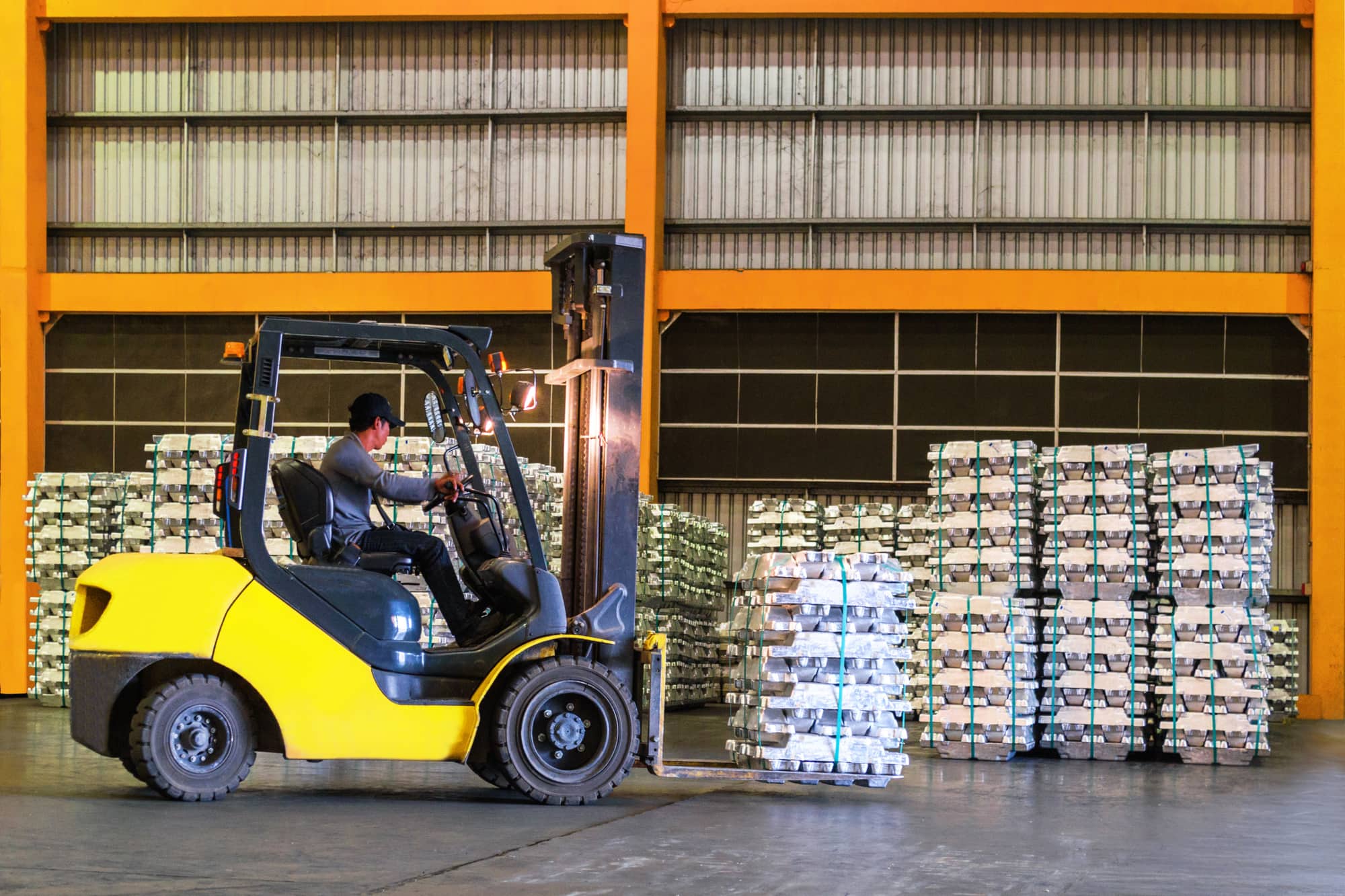Imagine if the wheel wasn’t invented. We’d still be lugging things around with our hands and feet. None of us would reach the age of 40 without debilitating back problems.
The wheel has revolutionized how we haul things from one place to another. It started with the wheelbarrow and now we have forklifts! For any type of work that requires heavy lifting, the forklift is an essential investment.
Of course, one of the most important features of forklifts is the wheels or tires.
The two most common types of tires for forklifts are pneumatic tires and cushion tires. Your choice will depend on several factors. These include the type of lifting you’re doing, if you’re using it indoors or outdoors, etc.
To help you decide which type of tire suits your needs, let’s look at the differences between pneumatic and cushion tires.
Pneumatic Tires
Pneumatic forklift tires are similar to the tires of road vehicles, such as cars and trucks. They have bigger wheel diameter, deeper tread, and bigger tire width than cushion tires.
While you can use these tires indoors, they’re more suited for outdoor use because they have more ground clearance and better grip. This means that they can easily handle uneven surfaces.
With pneumatics, you get two versions. Pneumatic air tires are inflated by air while solid pneumatics, also known as resilient tires, are made of 100% rubber.
With forklifts having no suspension system, driving on rugged terrain can be brutal on the operator’s body. The air and solid rubber layer buffer the bumps and vibrations to smooth out the ride. This improves the ride quality resulting in less driver fatigue and increased productivity.
Air has a slight advantage if we’re talking about comfort level. It’s also cheaper but it also carries the risk of getting punctured. You can’t have a flat tire with solid pneumatics which is why they’re perfect for grounds with nails or metal spikes, such as lumber or scrap yards.
Cushion Tires
Cushion tires are made of solid rubber wrapped around a metal ring. They’re also known as pressed-on tires because the rubber is molded to the steel band.
Like solid pneumatics, these tires have excellent durability with no danger of being deflated. The difference is that they have less rubber compared to resilient tires. They’re also made of only a single compound while pneumatic solids can have two or three layers of unique rubber compound.
Their simpler construction means that they’re cheaper to manufacture. Therefore, they cost less and are relatively maintenance-free. However, they have less traction and are more suited for smooth surfaces and indoor use.
They have smaller wheels which give them a superior turning radius. This enables the forklifts to maneuver around tight corners and narrow aisles. This is the reason why they’re preferred in warehouses and manufacturing facilities.
Tell Us What You Need!
The handling, safety, and reliability of your forklift will depend on the type of wheels you choose. Before you decide on whether to choose cushion or pneumatic tires, examine the environment and the type of work you want to do with your forklift.
If you’re in the market for forklifts, take note that pneumatic and cushion tires aren’t interchangeable with each other. Most forklifts have frames that can only accept either one type of tire or the other.
Still unsure? No worries, we’ll help you decide the right one for you. Contact us today!

